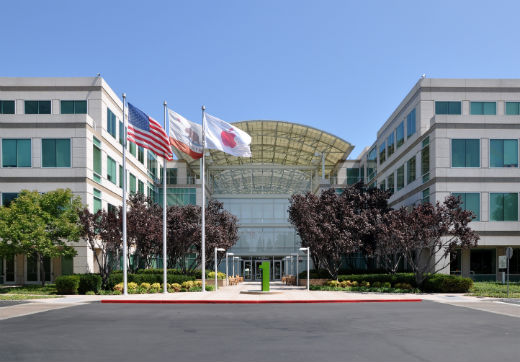Submitted by Jon Reed on
Apple (NASDAQ: AAPL) shares bounced back and reached a record high last week after the company announced its record breaking Q1 FY15 earnings last Tuesday, just after the closing bell. Stock prices jumped 5.5% on high volume trading on Wednesday, and hit a record high of $120 on Friday, though by closing time they were down to $117.16.

Apple's record quarter included a record revenue of $74.6 billion, a 30% increase over the year ago quarter. This resulted in a record quarterly net profit of $18 billion. Revenue was driven by record iPhone sales of 75.4 million units. The company also offered guidance for the second quarter - revenue between $52 and $55 billion, a gross margin of 38.5% - 39.5% and operating expenses of $5.4 to $5.5 billion.
The quarter's sales included Apple's one billionth iOS device. CEO Tim Cook noted this during the conference call: "On Nov. 22, we shipped our one billionth iOS device... It was a space-gray 64GB iPhone 6 Plus, which we've saved here at Apple."
The record breaking quarter prompted several Wall Street firms to raise their target prices on Apple stock. Morgan Stanley raised to $133 from $126; Evercore ISI - $140 from $135; UBS - $130 from $125; RBC Capital - $130 from $123; BMO Capital - $130 from $123.
Billionaire investor Carl Icahn reiterated his stance that Apple is still grossly undervalued. Back in October he said he thought Apple was worth about $203 per share (it was around $100 at the time). He still believes this and says his firm will up its target price.Apple's form 10-Q revealed that the company increased its research and development by about 42% over the year ago quarter, going from $1.33 billion to $1.895 billion.
Newest iPhone FAQs
One disappointment, though expected, was the drop off in iPad sales. Shipments were down 18% year-over-year, but Cook pointed out some bright spots. 50% of iPad buyers in the U.S., UK and Japan were new customers to the device, while over 70% in China were new.